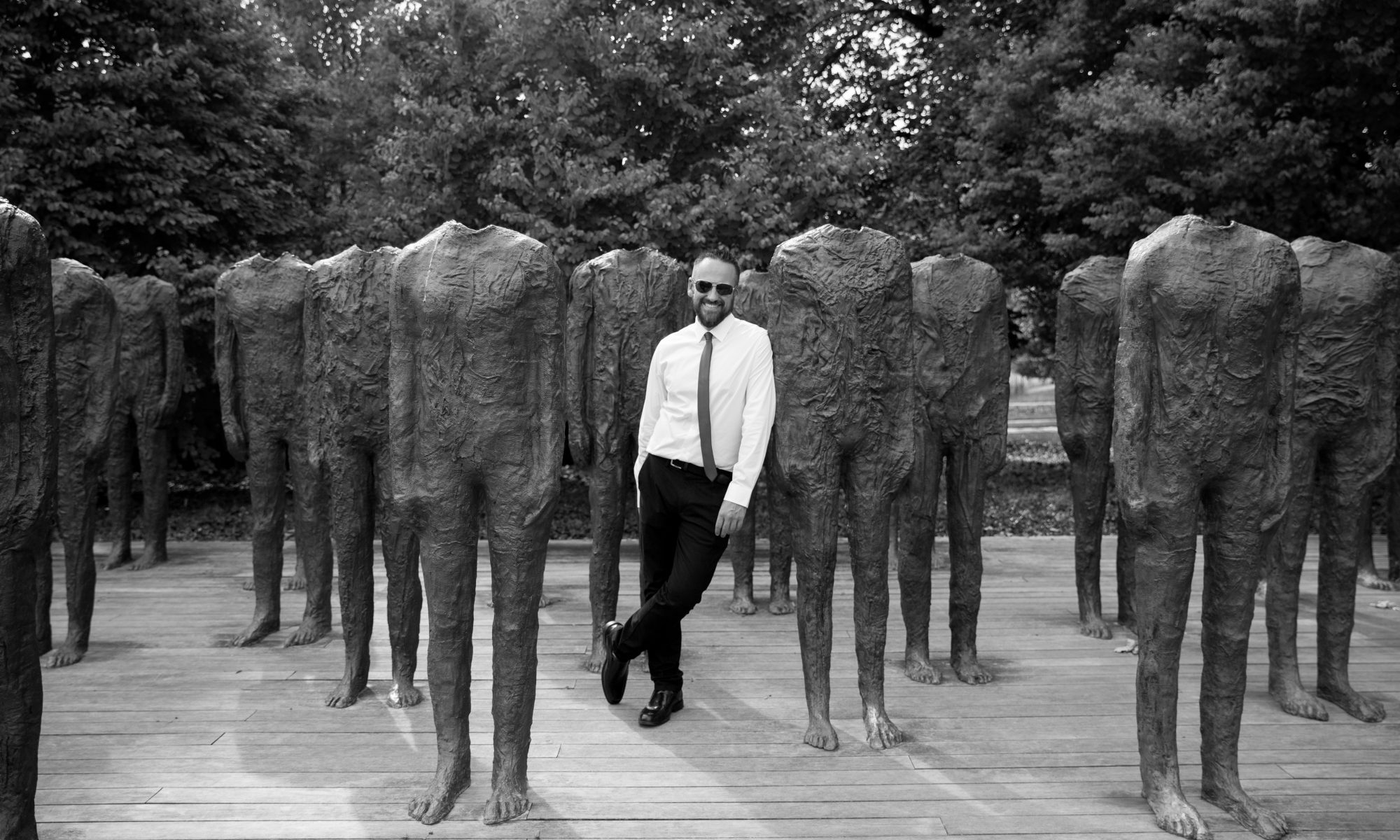
We need to consider the possibility that we are not qualified to understand epidemiological studies and data, but we can educate ourselves through building a frame of reference.
Without making an effort to build a framework of understanding and perspective of how an expert would look at that same data or study, you might reach a drastically different conclusion than they would. So, I have attempted to use this show as a platform for in depth conversation on how the pandemic might affect our profession in the near and even long term. I hope that you find this helpful, and consider sharing with your colleagues and bosses for the purpose of opening dialogues. Nothing presented to you below is an attempt to influence you to decide any course of action. Simply to inform, and add context.
Most recent Covid episode

Some common misconceptions I fell prey to, prior to seeking context from experts:
- Risk is not a binary. There is no such thing as “safe” or “unsafe.” Rather, the questions should be “how safe?” and “how can we make it safer?” and “how will we know when our place on the risk spectrum has returned to something close to what we are accustomed to?”
- Looking at “New Cases” is not the best way to track the viral spread in your area because testing rates, and human activity varies. Instead look at “deaths over time,” and “hospitalization rates and local capacity” Also, “percent positive” of new tests. This is how most public health departments would evaluate their status. (Note the links provided are national CDC data for the purpose of illustrating. Local data will be sought by local health depts.)
- The risk is not the same everywhere. Regionality of risk is basic, mainstream epidemiology. Dr. Adalja suggests assessment by county or groups of counties.
- Sars-CoV-2 is spread via droplets and close contact primarily. But, that that lots of data has come in, and it just hasn’t been shown to be an issue. CDC now acknowledges that aerosolized particles CAN spread the virus in certain types of situations, though it is rare.
- Mortality rates: the ones on the news and the stats trackers do not reflect the risk to the general population. They contain what experts call a severity bias, and are mainly used to help hospitals allocate resources. Many people STILL believe that this virus kills 3-7% of people it infects. This hyperbole is harmful and should now be left behind, though I don’t think it is intentional. This has been a common societal misunderstanding from the beginning of the pandemic. Discussion with Dr. McKinsey and Dr. Adalja below address and confirm risks similar to the chart below and at this link. How CDC is now presenting mortality and hospitalization risks.
“Infection Fatality Rate” is the best metric for assessing general mortality risk. In other words, of ALL people infected, what is the rate at which they will pass away? (Note this information is being constantly adjusted. The vaccine will change this going forward.)

Above is the BALLPARK of this virus in terms of mortality. These numbers vary slightly around the world. The CDC has recently compiled this estimate using population based studies from across the US.
A very recently posted peer reviewed bulletin published by the WHO shows global median IFR of 0.26% and 0.05% for people under 70.
Risk is stratified GREATLY by age for sever outcomes other than death as well.

Episode 33: Risk Assessment for Group Activities with Dr. Amesh Adalja
A senior scholar at Johns Hopkins Center for Health Security. Dr. Adalja is widely respected in his field and is a world renowned expert on new and emerging viral pandemics. In this chat we discuss many issues around how lay people and organizations can understand where they fall on the risk spectrum.

The Eye of the Tiger
No experts here! Just a short background on the value of zooming out and looking at the big picture. And my thoughts on why this is hard for many to do.


Episode 36: Are We All Asking the Right COVID Questions? With Dr. David McKinsey
An infectious disease physician who treats COVID patients at Research Medical Center, and a thought leader in his field. Dr. McKinsey is also an expert in the 1918 pandemic. In this full length episode, we discuss how a group activity like singing might factor in to the overall risk pool of a large organization like a school, as well as a discussion of the proper way to understand the mortality risk of Sars-Cov-2 and why many lay people might miss critical info.

Episode 38: Necessity is the Mother of Invention with Dr. Farrin Manian
In this episode, I continue my deep dive into attempting to understand how the pandemic may effect our world generally, but specifically the world of music and the performing arts. However, it should be obvious that parallels to our everyday lives are interwoven into this information. In this conversation, Dr, Manian and I focus primarily on the mode of transmission for this virus. Toward the end we spend quite a bit of energy discussing the much disputed concept of “droplet” spread and “aerosol” spread, as well as the benefits of mask wearing in as many situations as possible.

Episode 49: Cutting Through the Hype of Covid in Schools with Dr. Tracy Høeg
Is school really driving community spread? Or is school safer than the general community?

Congratulations to Dr. Tracy Høeg! Her paper on the topic of school Covid spread was published by the CDC!

Paul Rudoi and MANY more.

